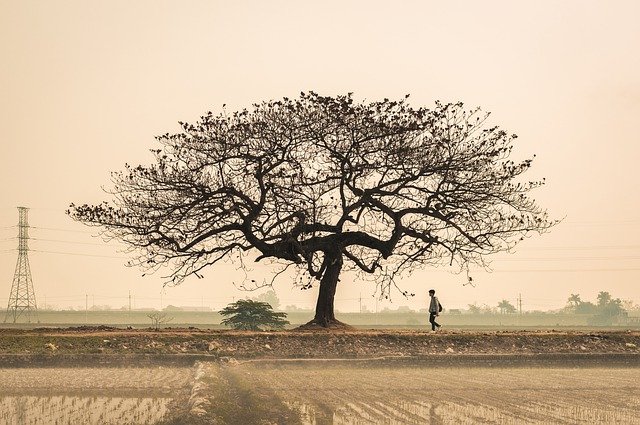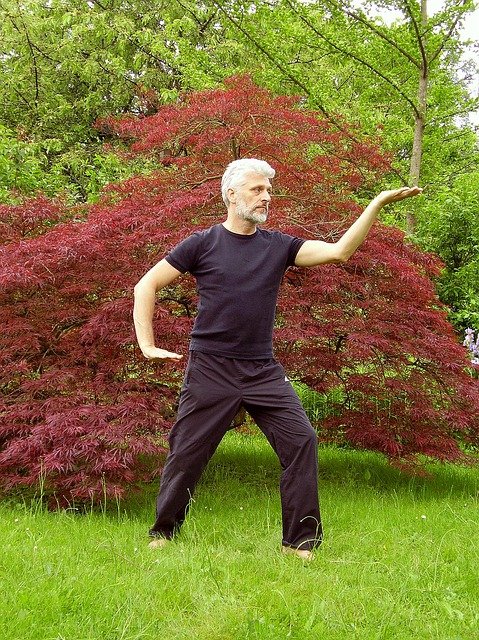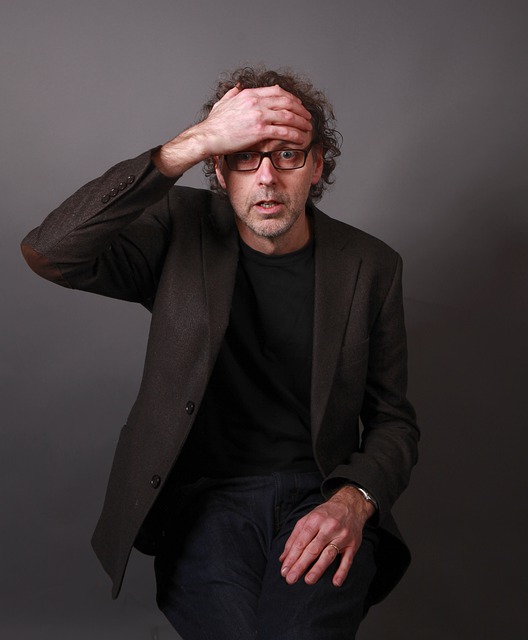Kimberly Snyder recently released her new book, You Are More Than You Think You Are: Practical Enlightenment for Everyday Life. While the book is replete with practical everyday advice and personal anecdotes, it is essentially a call to realise our full potential. In this sense it resonates strongly with Kute Blackson’s call to take the next step to your life purpose.
Kimberly’s focus is on becoming your “True Self” in line with the teachings of Paramahansa Yogananda – Hindu monk, guru and yogi who spent his last 32 years in America. He became incredibly influential in the US, so much so that Steve Jobs ordered 500 copies of his book, Autobiography of a Yogi, for distribution at his own memorial service. Yogananda is famous for teaching people globally about meditation and Kriya Yoga.
Early in her book, Kimberly offers a simple definition of “True Self” as the “stable, loving, honest, courageous, peaceful, and creative intelligence” that each of us has within us. She then proceeds with insight and humour (reminiscent of Yogananda’s wit) to unravel what it means to live our True Self and offers practical ways to achieve this state. Along the way, she reinforces the power of meditation and mindfulness to build courage, generate peace and tranquility and release creativity.
Steps along the way
Kimberly offers steps to achieving our True Self and provides a series of practical meditations/reflections to aid us on the journey. The steps act as a series of reinforcements of Yogananda’s message and a way to put his teachings into practice. She asserts that his teachings respect all religions, irrespective of their geographical or traditional origins, and, at the same time, respect agnostic belief systems. In Kimberly’s view, Yogananda’s teachings (centred on yoga) can lead to enrichment of anyone’s life – providing a holistic approach to elevating mind, body and soul.
Central to Yogananda’s teaching and Kimberly’s practice is Kriya Yoga that she describes as a scientific method that involves not just the physical but also the mental, emotional and spiritual arenas. It is an integrating force that enables a person to achieve energy alignment – aligning external activity with an evolving inner landscape. In her book, Kimberly addresses the key principles of Kriya Yoga and provides practices to help the reader internalise the desired “soul qualities”.
Fearlessness: taking the first step towards our full potential
Kimberly describes fearlessness as a foundation principle enabling us to move inexorably towards our full potential. She maintains that “fearlessness lets you walk in a straight line through the forest of life” – avoiding detours, byways or dead ends that result from fear. It is often fear that prevents us from realising our potential – initiating an endeavour, making a contribution to our community or providing a service to others in line with our core knowledge and skills.
We can be disempowered by our fear of failure, of the unknown, of uncertainty and/or of our inability to control outcomes. Fearlessness enables us to rise above these fears and tap into our innate qualities of insight, courage and resilience.
Kimberly describes how she accessed Yogananda’s teachings and other sources to enable her to move beyond the panic resulting from her separation with the father of her first child. Fear of not being lovable and of being unable to cope disempowered her until she immersed herself in these teachings and practices, particularly meditation.
She argues that if you spend time in meditation you can get in touch with your inner voice that is aligned to your True Self and provides the inspiration and energy to move forward. She also maintains that the more you are aligned to your True Self, the greater the likelihood of positive outcomes for your endeavours. However, if you are acting out of fear, anger, revenge, envy or obsessive ambition, then your energy will not be aligned with your True Self and your endeavours will ultimately prove unsuccessful, creating all kinds of adverse consequences, both personal and interpersonal.
In her book, Kimberly provides a range of practices to get in touch with our underlying fears – a process she describes as “getting the fears out of the shadows”. She argues that fearlessness creates freedom and enables us to realise “the best version of our life” and our most significant dreams. One particular practice Kimberly encourages involves journalling, starting with writing down your fear. The journalling process then proceeds as a conversation between your Fear and Your Truth and Wisdom (inner voice). Countering the disabling fears with true and wise retorts has the effect of quieting your fearful mind. Kimberly illustrates this with an example conversation.
The conversation could go like this:
Fear: I’m not sure what will happen when I run the mindfulness workshop.
Truth and Wisdom: You can only control the process, not the outcomes.
Fear: But what if the process does not work?
Truth and Wisdom: It will work for some people; others may not be ready for the honesty and self-awareness involved.
Fear: What if some people do not turn up for the second workshop?
Truth and Wisdom: That is a decision that they are free to make; you can only provide the opportunity, review your process and get feedback so you can improve what you are doing (taking their needs into account).
Reflection
Kimberly offers processes and practices to enable us to realise our full potential. She highlights the fact that fear holds us back from achieving what we are capable of – in her words, “we are more than we think we are”. She contends that mindfulness practices, especially meditation and yoga, enable us to identify, confront and overcome our fears so that we can free up our intuition, creativity and courage to align our words and actions with our True Self.
Kimberly asserts that following the teachings of Yogananda, in particular the practice of Kriya Yoga, enabled her to move from totally disabling fear to achieving her potential as a writer, mother, partner and influencer. Before the book discussed here, she wrote other books such as Recipes for Your Perfectly Imperfect Life , The Beauty Detox Solution and Radical Beauty: How to transform yourself from the inside out (with Deepak Chopra).
____________________________
By Ron Passfield – Copyright (Creative Commons license, Attribution–Non Commercial–No Derivatives)
Disclosure: If you purchase a product through this site, I may earn a commission which will help to pay for the site, the associated Meetup group, and the resources to support the blog.









